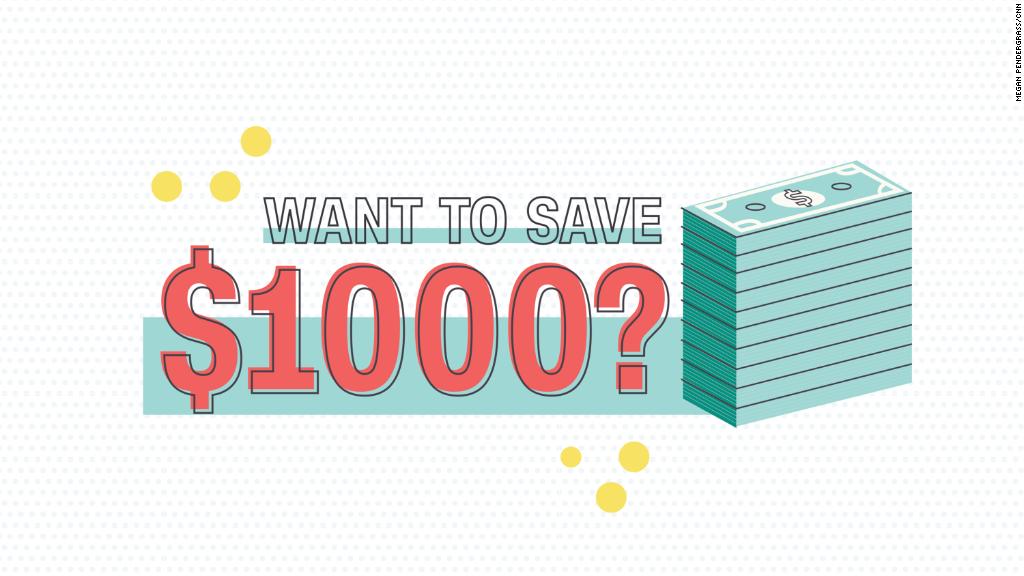
You already comparison shop on Google. You rely on the "customers also bought" items popping up beneath your Amazon purchase as informed options. You crowd-source all manner of daily dilemmas on your social feeds from what to wear, to what to eat, to where to travel.
But what about your money? It's hard to know where you stand, if you're doing it right, and whether you're getting reliably informed tips.
Thanks to a new batch of features on money apps, now you can share and compare your financial life, too.
Building on the comfort that many young people have with tracking, moving and investing their money online, several new financial apps, like Status Money, and new features on existing apps, like M1 Finance and Robinhood, are allowing people to see what others like them are doing with their money securely and with anonymity.
Want to know how much people are investing in which stocks, and how much they paid for them? What about your interest rates on your credit cards or loans -- are you getting as good a rate as someone with the same credit score? How are other people divvying up their income?
Related: 3 ways bots can boost your money
"Part of what we're trying to do is to make money less of a taboo," says Majd Maksad, founder of Status Money. "To say, 'You're not alone.' 'Your peer group is dealing with the same problems.' "
Robinhood: People also bought
The free stock-trading app, which now has 3 million users, is starting a new platform called Robinhood for Web with socially-driven tools for investors -- both the skilled and the newbie.
Doing its own research with users, Robinhood found that people need more information and want to communicate more with people about investing.
"For a lot of people investing falls somewhere between scary and boring," says Baiju Bhatt co-founder of Robinhood. "It is actually neither, it is interesting and fun, especially when you can talk with others about it."
Robinhood's research found a pattern emerging: there was one trusted family-figure adult who users were comfortable talking to about investing. Robinhood set out to provide other information and social tools to augment those person-to-person family conversations.
Robinhood for Web features new information on each stock-detail page including the hard number of people who own that stock on Robinhood and the average price they paid for it over the past year.
"Humans are really bad at understanding absolute numbers," says Bhatt. "This helps them develop reference prices. If Apple is priced at $100 -- is that good or bad? We wanted to bring in points of comparison from real users."
There is also a "People also bought" feature that shows which other stocks people (who hold the one you're looking at) have also bought.
M1 Finance: Share the pie
The company has a "share" approach to all of its financial and investment tools.
"It shouldn't matter how much you have, M1 operates the same whether you have $100 or $1 million," says Brian Barnes the company's founder and CEO. "It is about the share. It is how much goes to savings, checking, to investments."
M1 heard from its users that they want to share their financial strategies (and, okay, maybe humblebrag) but don't necessarily want to share specific dollar amounts. Now they can "share their pie" by allowing other M1 users to see how they allocate their money.
It's the next logical step in the annual discussion over Thanksgiving dinner with your cousin about the best companies to invest in. She can now send you her pie showing you which securities she's holding and what percentage of her investment she's allocated to each, says Barnes.
"Not a ton of people talk about personal finance, some people are super nervous that they are ignorant. It can be seen as too intimidating," says Barnes. "But take a trusted friend, someone who is knowledgeable about this and have them show me what share of their money they're putting toward things, can make it so much easier. People are happy to share what they're doing and it builds confidence for others."
Status Money: Here's how you compare
The site, which launched a month ago, offers a data dive into the way people save and spend.
When you sign on to Status Money the first time, you'll need to give more information than a typical financial app. In order to pinpoint your financial reality it asks for information about your home and car and also your credit score. It securely links with TransUnion to get your credit report and provides users free credit information.
You can see yourself compared with your peer group -- those who live in the same area, and earn the same amount, with similar debts and assets -- as well as the national average.
Look at the interest rate on your credit card. How does it compare with others with a similar credit score? What about that city where you were thinking about relocating? Compare your financial picture with people there, and see if you could still make ends meet.
"People need to know what others are doing with money," says Maksad, "but in a completely secure and anonymous way."
In addition to charts and numbers, the app also puts things in plain language: "Your spending on restaurants was higher than that of your peers. Do you want to set a tracker?"
Maksad, who considers himself to be above-average on the financial savvy scale, was surprised when he put his own information in and discovered his long languishing savings account was only earning him a pittance in interest.
"The application figured that given the balances in that account and what the most competitive savings returns are, I could be earning $100 more a month," he said. "That was amazing to me, I'm leaving $100 bucks on the table just because I'm not paying attention."
